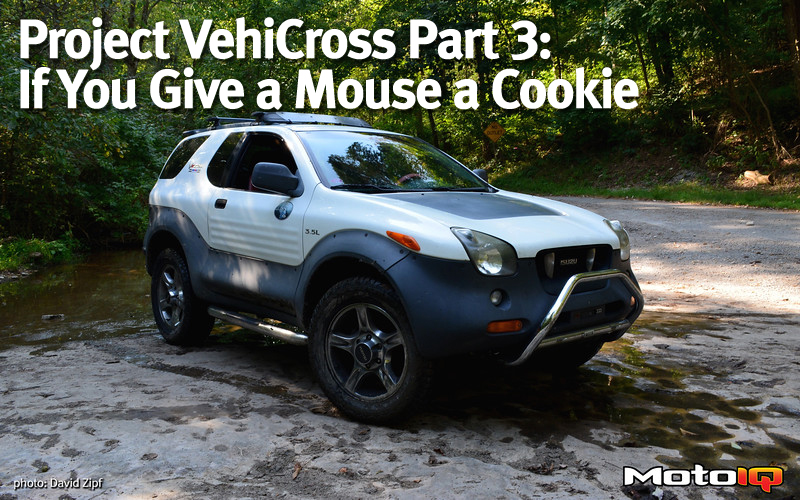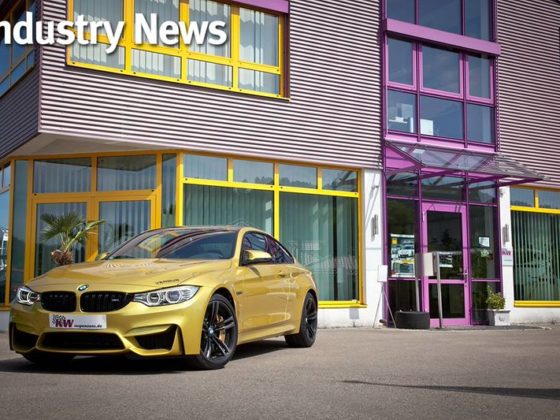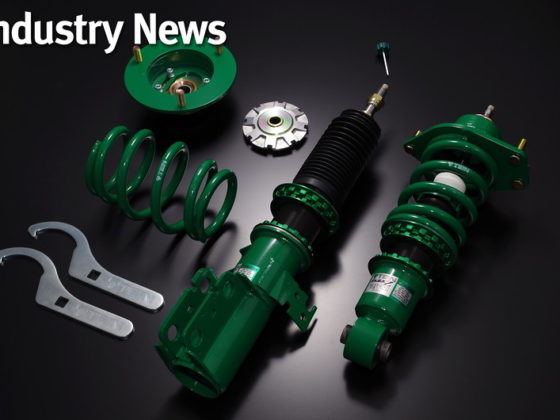,
Not long after installing the pads and tires, we noticed a bit of wheel wobble coming from the driver's front corner. We also noticed a bit of a grumbling noise, especially around lefthand corners. Both of these indicated a bad wheel bearing. Sure enough, when we pulled the caliper, the driver's front rotor was slightly graunchy when spun. For better or for worse, the VX uses taper bearings, pressed into the hub, which is also the brake rotor. The bearings themselves are cheap, though without a press, removing the outer race is nigh on impossible. But you know what else is hard? Finding them in the first place. NAPA is or normal choice for OEM replacement parts, but NAPA only had a listing for the outer bearing! Guess which bearing had bit the dust? The two bearings are ever so slightly different, with the inner bearing being only a few millimeters larger in diameter, so the two are not interchangebale. We ended up tracking down the rogue inner bearing at Autozone…and were surprised to see a genuine, made in USA Timken bearing waiting for us!
 The Timken bearing is made in the USA. The NAPA bearing is probably made in USA, China. We replaced both bearings, even though only the inner bearing was bad. We already had the bearing and it gave us some peace of mind.
The Timken bearing is made in the USA. The NAPA bearing is probably made in USA, China. We replaced both bearings, even though only the inner bearing was bad. We already had the bearing and it gave us some peace of mind.Pulling the VX hub is an interesting experience: I've never seen a hub go together quite like this. In most applications, the axle is splined into the hub, directly spinning the hub to provide power to the wheels. In the VX (and the Trooper, Rodeo, and Amigo, which all share frames and suspension), the axle is splined to a metal ring, which bolts to the wheel hub. I think this is an artifact of the days when trucks did not have center differentials and relied on unlocking wheel hubs to allow the front wheels to spin at different speeds. The Trooper was originally designed in the very late 70s, and the original model did have auto locking hubs. So at some point, Isuzu likely ditched the auto lock hubs and permanently locked them for the VX (and later models of the Trooper, etc).
Anyway, that design laziness (or cost savings, depening on how you look at it) makes for an interesting bearing replacement adventure.

 Pulling the brake caliper and mounting bracket is the next step and is a surprisingly normal job (though if you're used to compacts, the 19mm bolts will feel HUGE). Pop the two slider bolts, then the pair for the mounting bracket. The big upper control arm is a perfect spot for resting the caliper on while you work. Also looks like we'll need new CV boots too. Damn old trucks…
Pulling the brake caliper and mounting bracket is the next step and is a surprisingly normal job (though if you're used to compacts, the 19mm bolts will feel HUGE). Pop the two slider bolts, then the pair for the mounting bracket. The big upper control arm is a perfect spot for resting the caliper on while you work. Also looks like we'll need new CV boots too. Damn old trucks…
 Beneath the splined adapter is the nut that seats the bearings. Normally, this would be a castle nut with a cotter pin. In the VX, the locking pin is small ring that locks to the spindle and is held to the nut by way of three set screws. If you don't have an impact driver, we've already shown you a simple way of pulling these screws.
Beneath the splined adapter is the nut that seats the bearings. Normally, this would be a castle nut with a cotter pin. In the VX, the locking pin is small ring that locks to the spindle and is held to the nut by way of three set screws. If you don't have an impact driver, we've already shown you a simple way of pulling these screws. 


